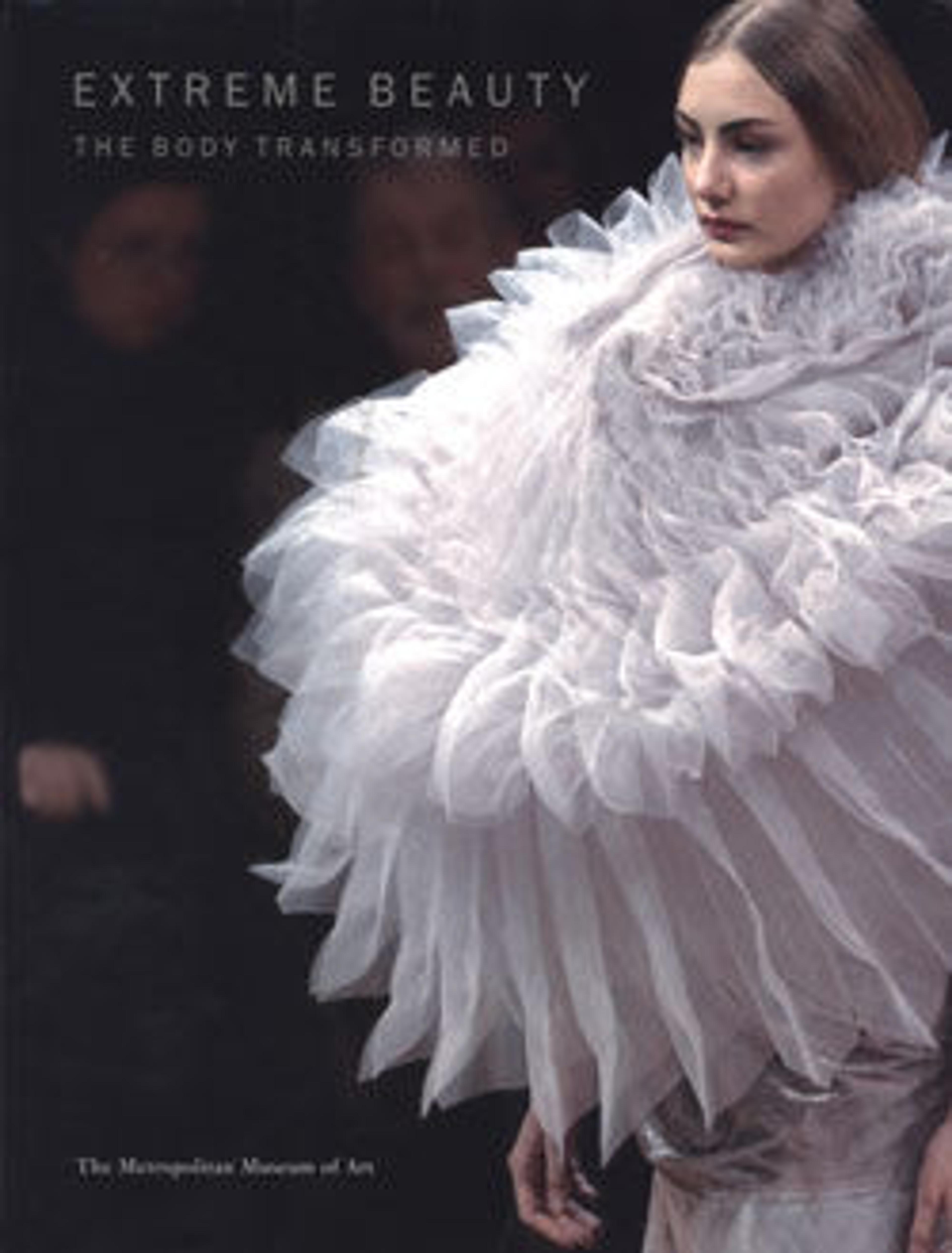Portrait of a Woman
Although the present painting entered the Museum as a work of Van Dyck, the reserved expression of the sitter and the meticulous handling of the details of the costume are characteristic of de Vos's work. This highly respected Antwerp portrait painter is known for his dignified portraits which nevertheless maintain a charming modesty. He particularly excelled in group portraits of children.
Artwork Details
- Title:Portrait of a Woman
- Artist:Cornelis de Vos (Flemish, Hulst 1584/85–1651 Antwerp)
- Medium:Oil on wood
- Dimensions:49 3/8 x 38 in. (125.4 x 96.5 cm)
- Classification:Paintings
- Credit Line:Marquand Collection, Gift of Henry G. Marquand, 1889
- Object Number:89.15.37
- Curatorial Department: European Paintings
More Artwork
Research Resources
The Met provides unparalleled resources for research and welcomes an international community of students and scholars. The Met's Open Access API is where creators and researchers can connect to the The Met collection. Open Access data and public domain images are available for unrestricted commercial and noncommercial use without permission or fee.
To request images under copyright and other restrictions, please use this Image Request form.
Feedback
We continue to research and examine historical and cultural context for objects in The Met collection. If you have comments or questions about this object record, please contact us using the form below. The Museum looks forward to receiving your comments.
